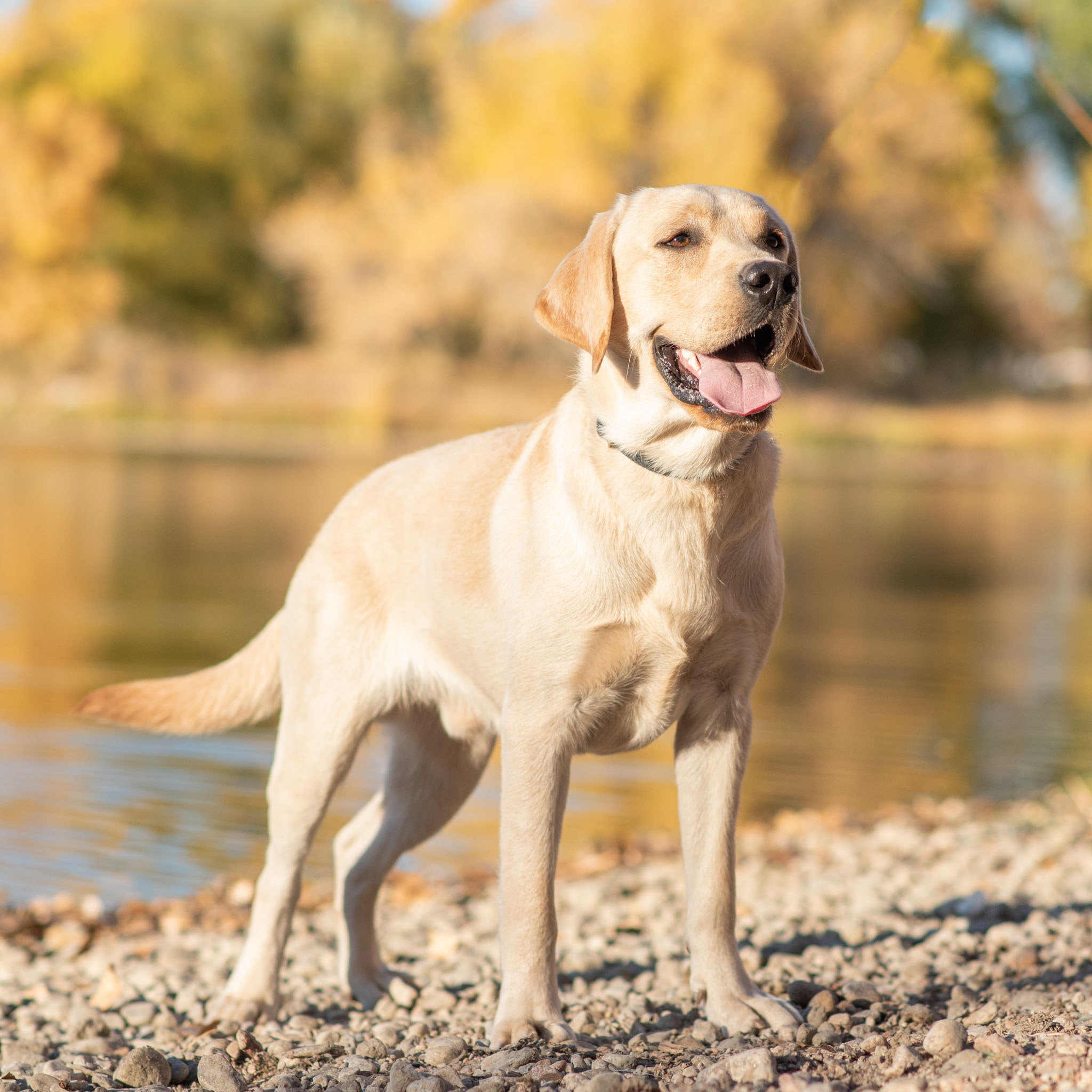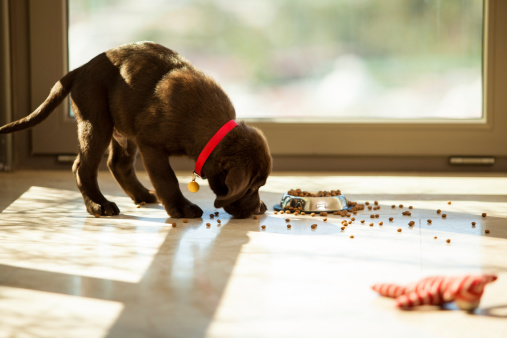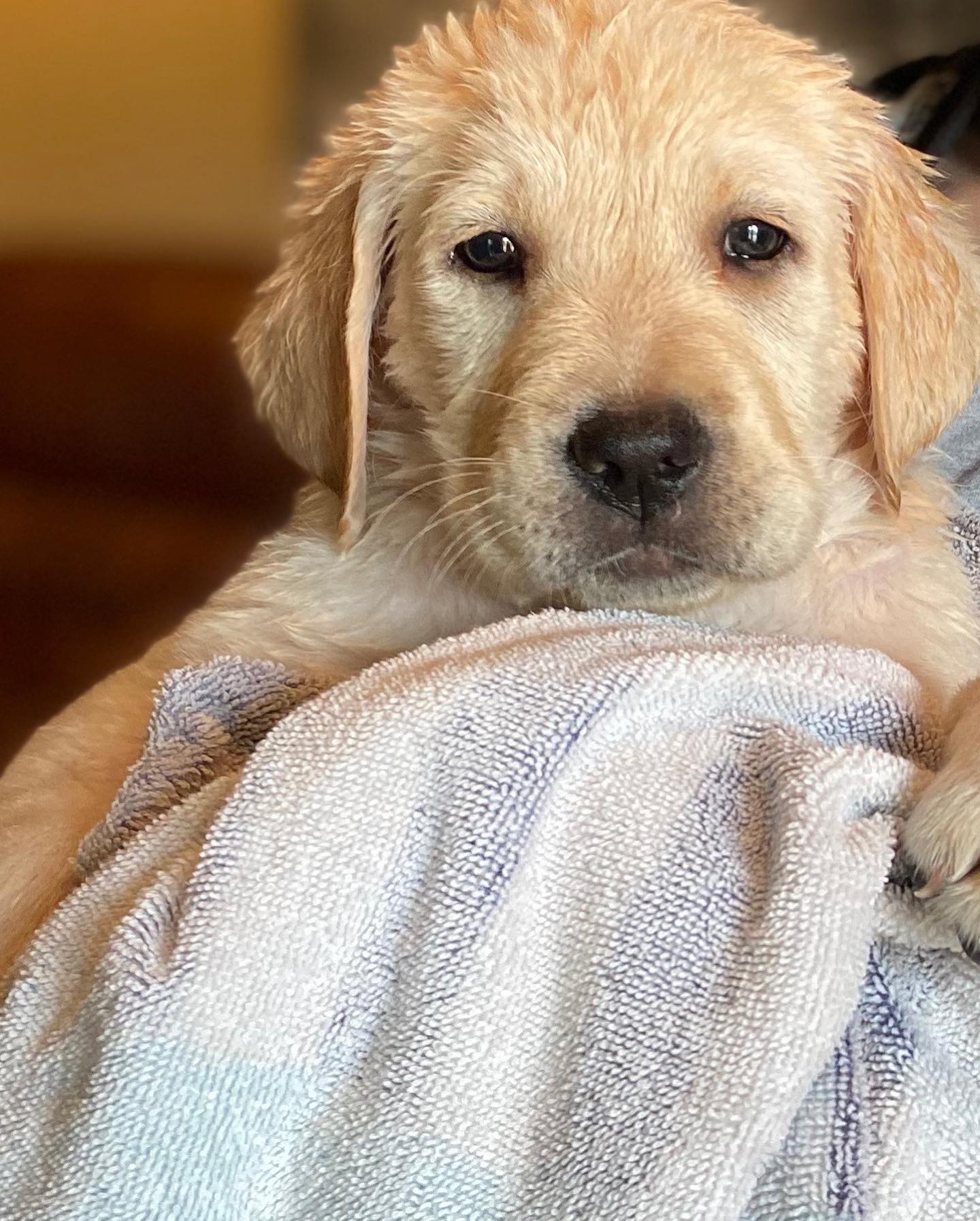The Canine Conundrum: Unraveling the Importance of Low Inbreeding Coefficients in English Labrador Breeding

Jump to contents:
Introduction:
Greetings fellow dog enthusiasts! Today, we delve into the intricate world of English Labrador breeding, exploring the significance of maintaining a low inbreeding coefficient. At Kindred Pup, we take pride in our commitment to ensuring diverse pedigrees and avoiding the health risks associated with breeding dogs too closely related.
This post is an attempt to give interested readers a glimpse into the breeding world without getting so academic that interest is lost. The subject of inbreeding coefficients isn’t sexy, but it is essential to healthy lines, and a subject not often practiced or emphasized. While anomalies can occur in any great program, we hope this proves to be useful information. We hope this helps you to choose a good breeder.
The Basics of Inbreeding Coefficients:
Inbreeding coefficients are numerical values that represent the degree of relatedness between two individuals in a pedigree. A low inbreeding coefficient indicates a broader genetic diversity, while a high coefficient suggests a closer familial connection. Striking the right balance is crucial for the long-term health and vitality of the breed.
Diverse Pedigrees: The Backbone of Genetic Health:
Imagine a genetic tapestry, each thread representing the unique traits and characteristics of an individual dog. A diverse pedigree weaves together a rich and robust tapestry, reducing the risk of genetic anomalies and inherited diseases. Our breeding program places a strong emphasis on sourcing breeding pairs from distinct lines to ensure a wide array of genetic contributions.
The Health Risks of Close Inbreeding:
Breeding dogs too closely related can lead to a multitude of health issues. One of the most common problems is an increased likelihood of hereditary diseases and congenital abnormalities. By maintaining a low inbreeding coefficient, we actively mitigate these risks, prioritizing the well-being of our beloved English Labradors.
Our Diligent Approach:
At our breeding program, we have tirelessly researched and selected breeding pairs based on a comprehensive understanding of their pedigrees. Our commitment to genetic diversity is evident in our meticulous planning and thoughtful pairings. By avoiding close inbreeding, we aim to preserve the integrity of the breed, promoting not only physical health but also temperament and intelligence.
The Role of Responsible Breeding:
Responsible breeding goes beyond simply producing adorable puppies; it involves a deep understanding of genetics and a commitment to the overall health of the breed. As English Labrador enthusiasts, we recognize the importance of responsible practices in maintaining the breed’s standards and ensuring a happy, healthy future for each generation.
Final thoughts:
In conclusion, the quest for a low inbreeding coefficient is not just a mathematical endeavor; it is a commitment to the well-being and longevity of the English Labrador breed. By emphasizing diverse pedigrees and steering clear of close inbreeding, our program stands as a testament to the dedication required to uphold the standards of responsible breeding. Together, let’s celebrate the vibrancy and health of our beloved English Labradors!
Please note: There IS some benefit to using line breeding (higher COI) in canine reproduction, but it should only be done with the most careful considerations and excellent genetic knowledge.
External Links:



